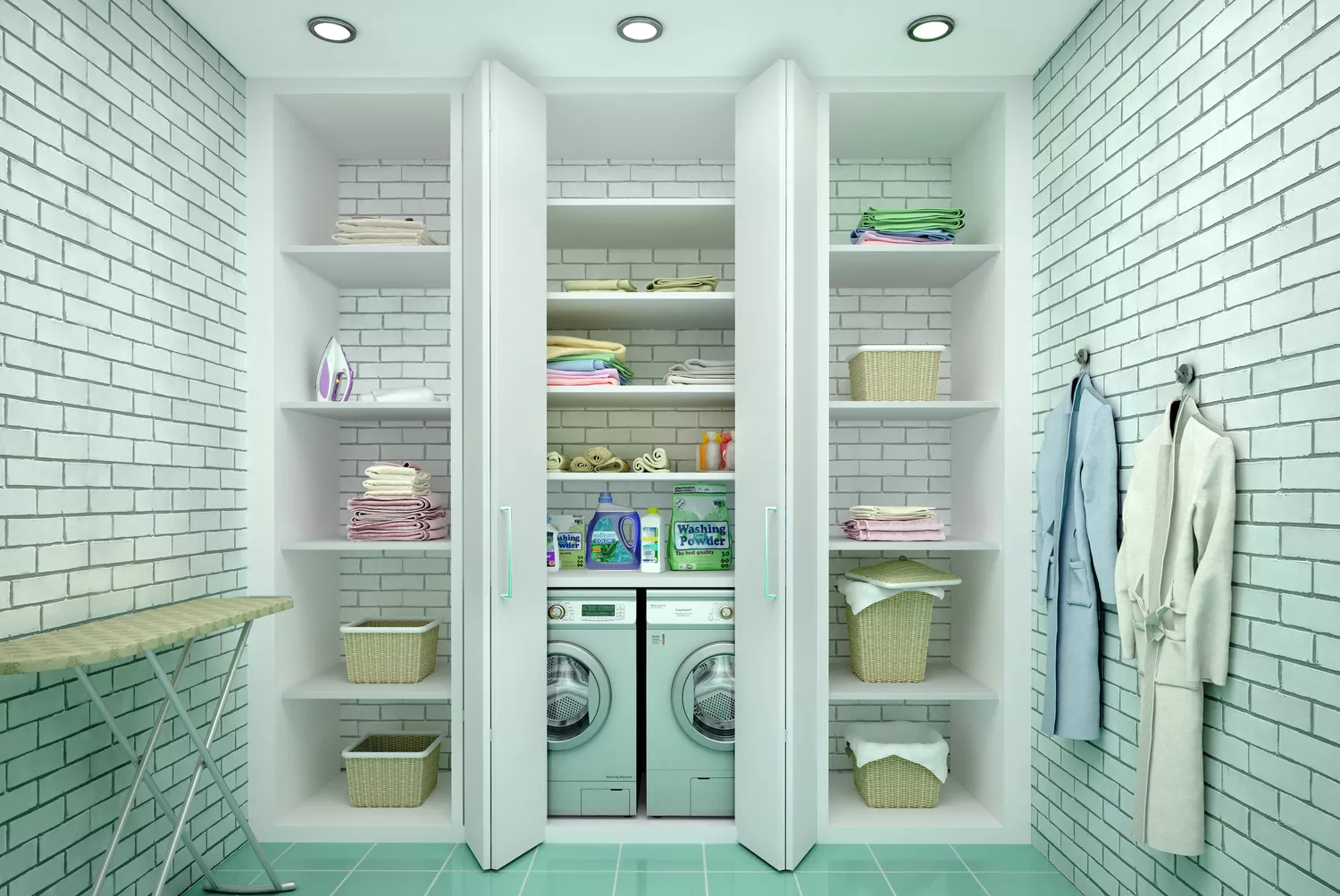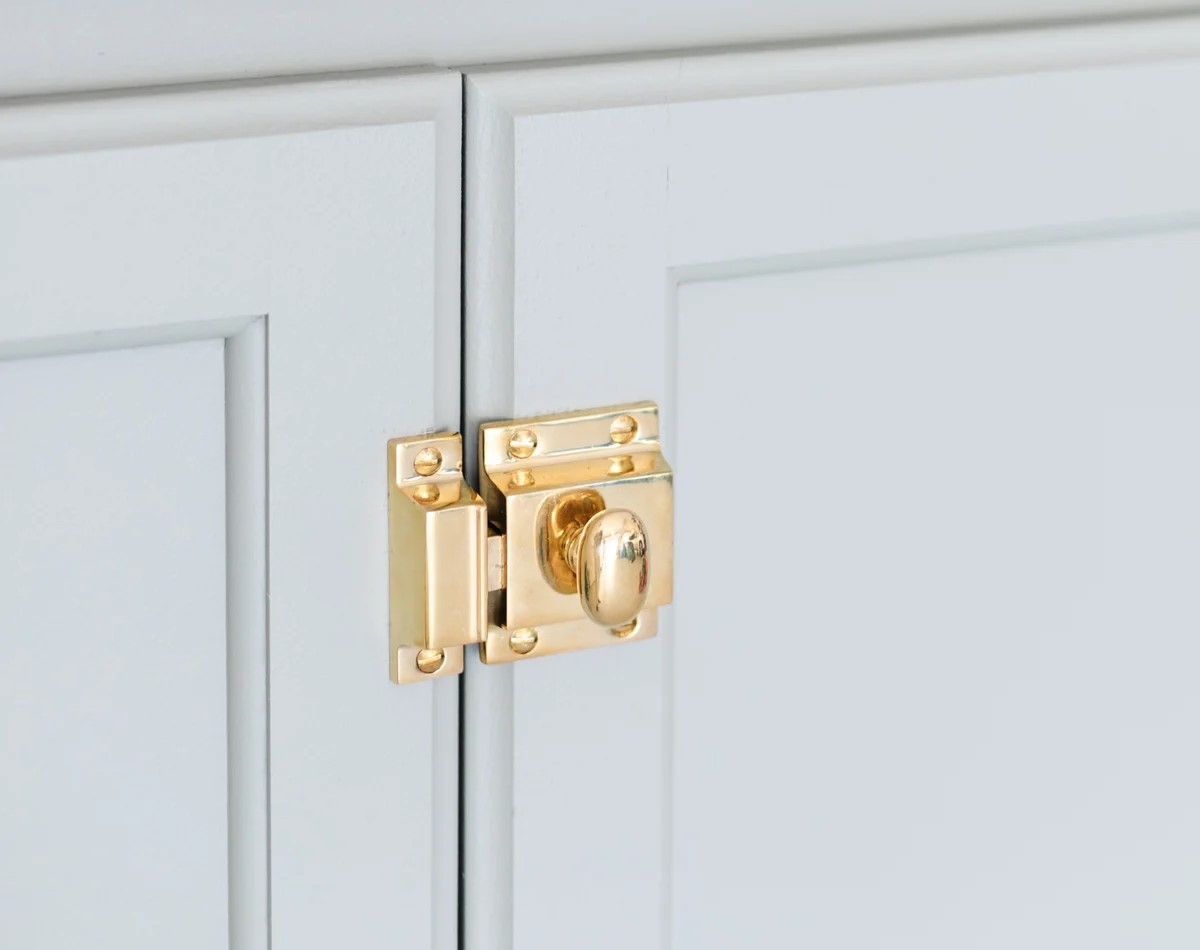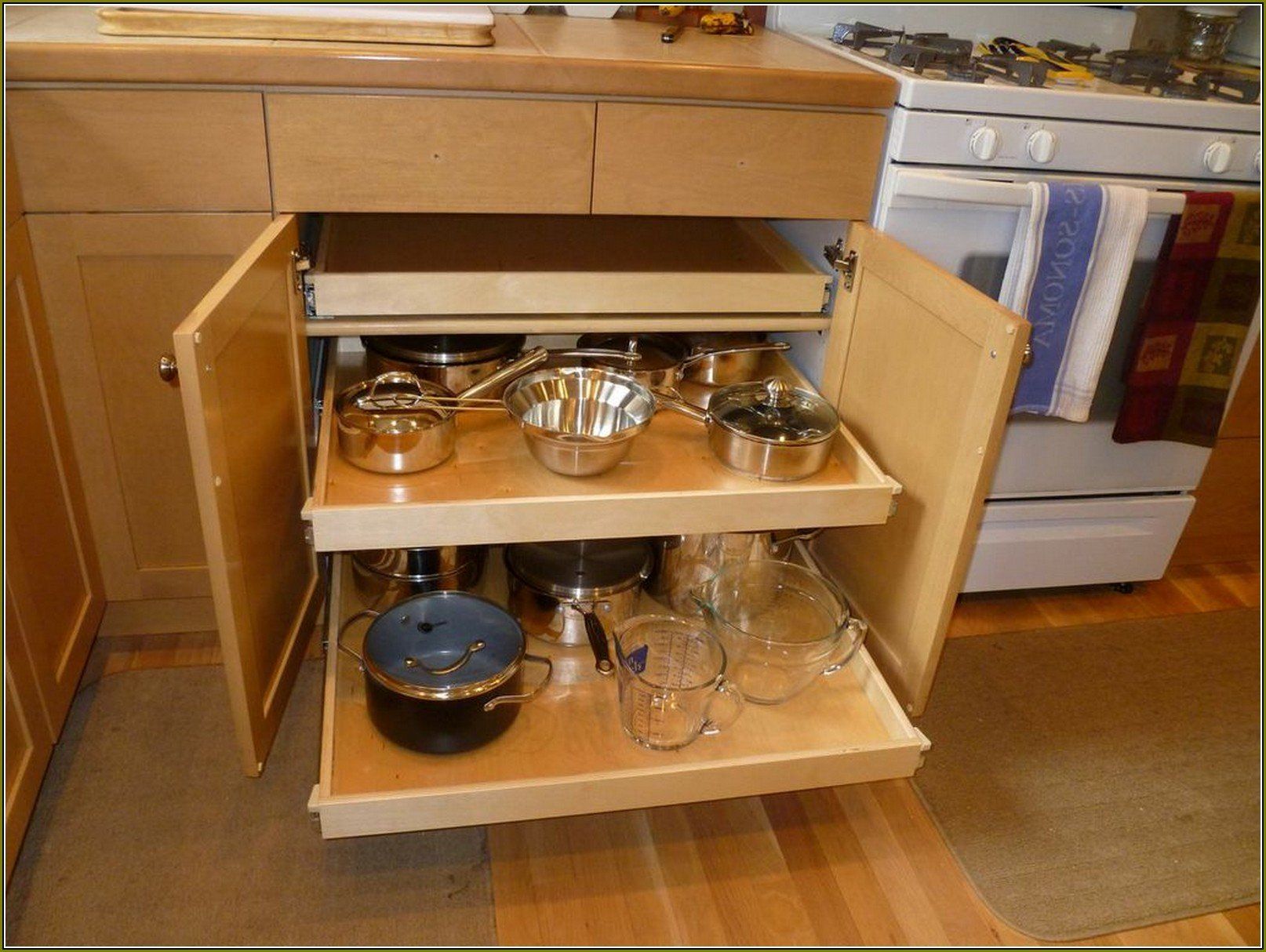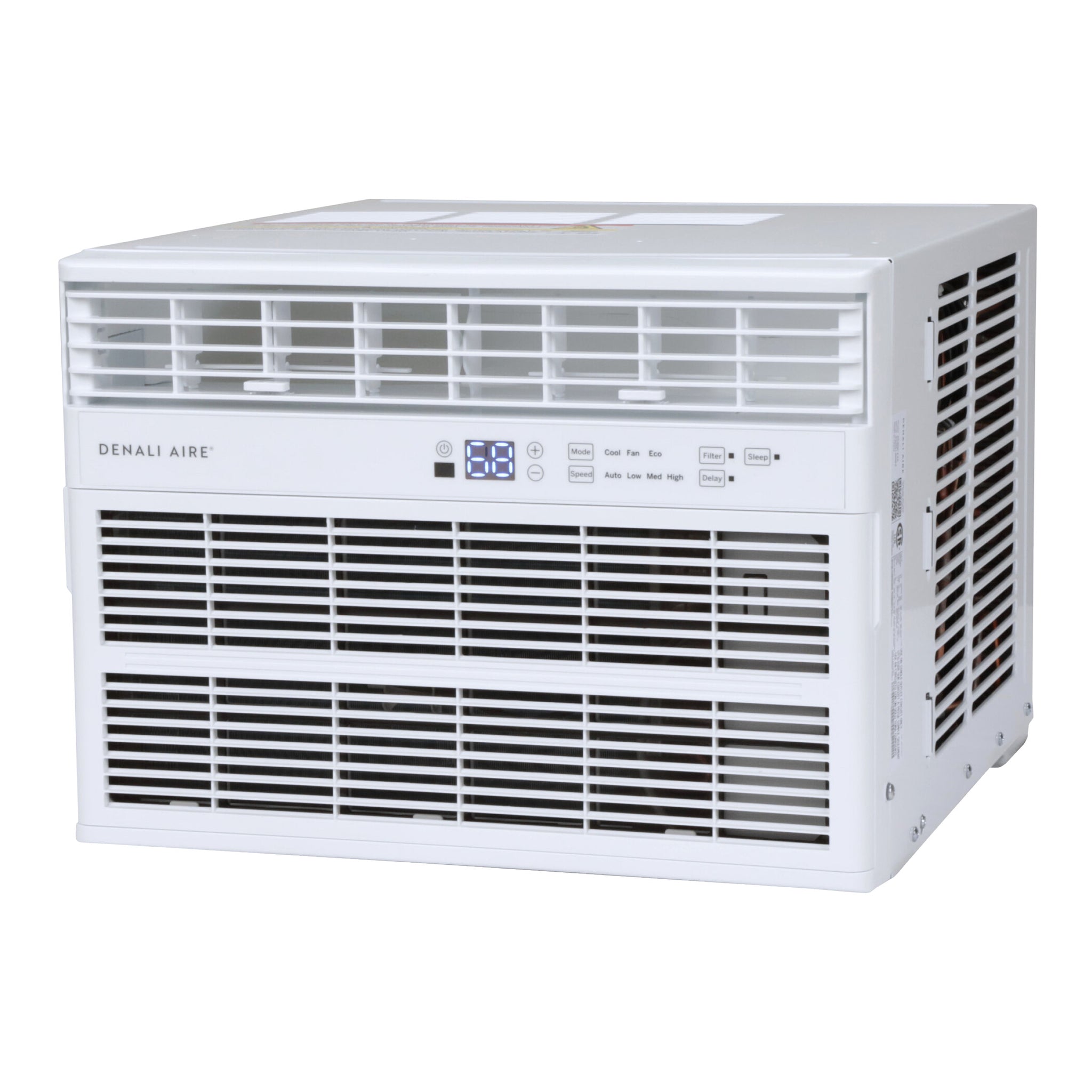

Articles
What Is Airing Cupboard
Modified: October 20, 2024
Learn what is an airing cupboard and its importance in home maintenance. Discover how to properly maintain and organize your airing cupboard for optimal functionality and efficiency.
(Many of the links in this article redirect to a specific reviewed product. Your purchase of these products through affiliate links helps to generate commission for Storables.com, at no extra cost. Learn more)
Introduction
An airing cupboard is a commonly found feature in many homes, yet its purpose and significance are often overlooked. This humble part of the house plays a vital role in maintaining the comfort and functionality of the living space. Whether you are already familiar with airing cupboards or are just curious to learn more, this article will provide you with a comprehensive understanding of what an airing cupboard is, its purpose, and how to make the most of this valuable storage space.
So, what exactly is an airing cupboard? In simple terms, it is a dedicated storage area, usually located in a warm area of the house, where household items, such as towels, bed linens, and clothing, are stored and allowed to dry. It typically features shelves or racks to help organize and maximize the storage space.
The primary purpose of an airing cupboard is to provide a warm and well-ventilated environment for items that need to dry or require a controlled temperature. The heat generated from the central heating system or hot water tank is utilized to create a warm and dry space, allowing damp items to air out and dry out more efficiently.
Ventilation and insulation are essential factors in ensuring an effective airing cupboard. Adequate airflow is necessary to prevent the buildup of moisture and promote the evaporation of damp items. On the other hand, proper insulation helps to retain the warmth within the cupboard, making it an ideal storage environment for drying clothes and linens, especially during colder months.
Now that we have a basic understanding of what an airing cupboard is and its purpose, let’s take a closer look at the typical items you would find stored in this essential household space.
Key Takeaways:
- Airing cupboards provide a warm, well-ventilated space for drying and storing clothes, linens, and other items, preventing dampness and mold while optimizing energy efficiency.
- Proper ventilation, insulation, and maintenance are crucial for maximizing the functionality of airing cupboards, ensuring optimal drying and storage conditions for household items.
Read more: What Is Cupboard
Definition of an Airing Cupboard
An airing cupboard, sometimes referred to as a linen cupboard or a utility cupboard, is a designated storage area within a residential property. Unlike a regular wardrobe or closet, an airing cupboard is specifically designed to store items that require drying or benefit from a warm and well-ventilated environment.
Typically, an airing cupboard is located near the bathroom or central heating system, as these areas tend to generate heat and provide easy access to hot water. The cupboard is usually enclosed with doors or fitted with curtains to maintain a controlled temperature and prevent dust or debris from entering. Inside, it is equipped with shelves, racks or hooks, allowing for efficient organization of items.
The main feature that distinguishes an airing cupboard from other storage spaces is its ability to provide warmth and ventilation. This is achieved through the circulation of warm air generated by the central heating system or the proximity to hot water pipes or tanks. The heat circulating within the cupboard aids in drying washed clothes, towels, bed linens, and other damp or freshly laundered items.
Moreover, an airing cupboard also serves as a place to store household items that may be adversely affected by dampness or excessive humidity. This includes blankets, pillows, duvets, and other bedding items. By storing these items in a warm and dry environment, it helps to prevent the growth of mold, mildew, or unpleasant odors.
It is worth noting that the size and layout of airing cupboards can vary significantly depending on the property. Some cupboards may be relatively small and only able to accommodate a few items, while others may be more spacious and capable of storing an extensive collection of linens and clothing. Regardless of the size, the primary function remains the same – to provide a controlled and conducive environment for effective drying and storage.
In the next section, we will explore the purpose of an airing cupboard and why it is an essential feature in any well-functioning home.
Purpose of an Airing Cupboard
An airing cupboard serves several important purposes within a home. Understanding these purposes can help homeowners make the most of this valuable storage space and optimize its functionality.
1. Drying clothes and linens: One of the primary purposes of an airing cupboard is to provide a dedicated space for drying clothes, towels, and bed linens. The warm and well-ventilated environment created within the cupboard expedites the drying process, ensuring that items are ready for use again in a shorter timeframe.
2. Preventing dampness and mold: By drying damp items, such as wet towels or clothes, in the airing cupboard rather than leaving them in a pile or hanging them in a closed room, the likelihood of excess moisture and dampness is significantly reduced. This helps to prevent the growth of mold, mildew, and musty odors on the items stored in the cupboard, ensuring they remain fresh and hygienic.
3. Storage of bedding and linens: An airing cupboard provides an ideal place to store bedding items, such as blankets, pillows, duvets, and sheets. The controlled temperature and ventilation help protect these items from dampness and preserve their quality over time. Additionally, having a designated space for storing bedding and linens frees up storage space in other areas of the home, such as wardrobes or drawers.
4. Warming items: During colder months, an airing cupboard can double as a space to warm items before use. This is especially useful for heating up towels or pajamas on chilly winter evenings, providing a cozy and comforting experience.
5. Creating a space for utility storage: Apart from drying and storing clothes and linens, an airing cupboard can also serve as a utility storage space. It can be used to store cleaning supplies, vacuum cleaner, ironing board, or other household essentials, making them easily accessible and neatly organized.
6. Energy efficiency: Utilizing an airing cupboard to dry clothes instead of using a tumble dryer can significantly reduce energy consumption and lower utility bills. Taking advantage of the natural warmth and ventilation provided by the cupboard allows homeowners to adopt a more eco-friendly and cost-effective approach to laundry care.
By understanding the purposes of an airing cupboard, homeowners can make informed decisions about how to best utilize this space in their daily lives. The next section will delve into ventilation and insulation within an airing cupboard and their importance in maintaining its functionality.
Ventilation and Insulation in an Airing Cupboard
Proper ventilation and insulation are crucial factors in ensuring the effectiveness of an airing cupboard. These elements contribute to creating an optimal environment for drying and storing items, ultimately preserving their quality and preventing any issues related to dampness or mold.
Ventilation: Adequate airflow is essential within an airing cupboard to prevent the buildup of moisture and to promote the evaporation of damp items. Without proper ventilation, the cupboard can become a breeding ground for mold and bacteria, causing unpleasant odors and potential damage to stored items. To ensure good ventilation, the airing cupboard should have vents or gaps at the top and bottom to allow for the circulation of air. Ventilation can be further enhanced by keeping the cupboard doors slightly ajar or using mesh inserts to allow air to flow freely.
Insulation: Insulation plays a key role in retaining the warmth generated within the airing cupboard. The walls and door of the cupboard should be adequately insulated to minimize heat loss, maximizing the effectiveness of the drying process. Good insulation ensures that the warm air remains trapped within the cupboard, creating a favorable environment for drying and preventing the intrusion of cold air from outside. Insulation can be achieved by using materials such as foam insulation panels or reflective foil insulation.
In addition to proper ventilation and insulation, homeowners can also incorporate a few helpful practices to optimize the functionality of the airing cupboard:
– Avoid overloading the cupboard: It is important not to overcrowd the cupboard, as this can impede airflow and reduce the efficiency of the drying process. Allow ample space between items to ensure proper ventilation and drying.
– Regularly clean and maintain the cupboard: Dust and debris can accumulate within the airing cupboard over time, hindering proper airflow and reducing its effectiveness. Regularly dust and clean the shelves, racks, and vents to maintain a clean and hygienic environment.
– Use moisture-absorbing products: To further prevent any issues related to moisture, consider using moisture-absorbing products, such as silica gel packs or dehumidifiers, within the airing cupboard. These can help to keep the air dry and reduce the risk of mold or mildew growth.
By ensuring proper ventilation and insulation, as well as implementing good practices for maintenance, homeowners can make the most of their airing cupboard and create an efficient and functional space for drying and storing items. The next section will explore the typical items that are commonly found in an airing cupboard.
An airing cupboard is a small, enclosed space in a home where a hot water cylinder or boiler is stored. It is typically used to store and air out clothes, linens, and towels, as the warmth from the cylinder helps to dry them out.
Typical Items Found in an Airing Cupboard
An airing cupboard serves as a versatile storage space in which a variety of household items can be conveniently stored and dried. While the specific items stored may vary depending on individual needs and preferences, there are several common items typically found in an airing cupboard:
1. Towels: Towels are a staple item stored in an airing cupboard. After use, they can be hung or placed in the cupboard for drying. The warm and well-ventilated environment of the airing cupboard helps towels dry quickly, ensuring they remain fresh and ready for use.
2. Bed Linens: Bed sheets, pillowcases, and duvet covers are often stored in an airing cupboard. After laundering, these items can be hung or neatly folded in the cupboard for drying. Storing them in the controlled environment of the airing cupboard helps keep them crisp and free from dampness.
3. Clothing: Damp or freshly laundered clothing can be hung or placed on drying racks within the airing cupboard. This allows the clothing to dry efficiently and reduces the need for a separate clothes dryer, saving both time and energy.
4. Blankets and Bedding: Airing cupboards are also ideal for storing bulky items such as blankets, quilts, and duvets. These items can be safely stored in the cupboard, preventing them from becoming damp and retaining their fluffiness and warmth.
5. Shoes: If space allows, the airing cupboard can serve as a convenient storage area for shoes. Placing shoes in the cupboard allows them to air out and dry, reducing any lingering odors and maintaining their condition for longer.
6. Cleaning Supplies: Some homeowners also choose to store cleaning supplies, such as sponges, scrub brushes, or cleaning solutions, in their airing cupboard. This keeps these items organized and easily accessible when needed for cleaning tasks around the house.
7. Miscellaneous Items: Depending on personal storage requirements, airing cupboards can also house other miscellaneous items such as extra toiletries, small appliances, or even gardening supplies. This utilization of space helps keep these items separate and neatly organized.
Remember, the specific items stored in an airing cupboard will vary from household to household based on individual needs and available space. By utilizing the warming and drying capabilities of the airing cupboard, homeowners can maintain the condition and quality of these items while freeing up storage space in other areas of the home.
In the next section, we will explore maintenance and organization tips to keep your airing cupboard in top shape.
Read more: How To Store Food In Kitchen Cupboards
Maintenance and Organization of an Airing Cupboard
Maintaining an airing cupboard in a clean and organized manner is essential for ensuring its functionality and maximizing its storage capacity. By following a few simple maintenance and organization tips, homeowners can keep their airing cupboard in top shape:
1. Regular cleaning: It is important to regularly clean the airing cupboard to remove any dust, debris, or lint that may accumulate over time. Wipe down the shelves, racks, and walls using a damp cloth and mild cleaning solution. This helps prevent any buildup that could potentially hinder ventilation or cause unpleasant odors.
2. Proper ventilation: Ensure that the airing cupboard has adequate ventilation. Keep any vents or gaps in the cupboard unobstructed to allow for the circulation of air. If necessary, use mesh inserts or leave the cupboard doors slightly open to encourage airflow.
3. Declutter and organize: Take the time to declutter and organize the items in the airing cupboard regularly. Remove any items that are no longer needed or have become damaged. Group similar items together and use storage bins or baskets to keep smaller items organized and easily accessible.
4. Utilize storage solutions: To make the most of the cupboard’s storage space, consider using storage solutions such as shelves, racks, or hanging organizers. These can help maximize storage capacity and keep items neatly organized.
5. Labeling: If you have different categories of items stored in the cupboard, consider labeling shelves or containers to make it easier to locate specific items when needed. This helps save time and makes the airing cupboard more efficient to use.
6. Regularly check for dampness: It is important to periodically check for signs of dampness or moisture in the airing cupboard. If you notice any signs of mold, mildew, or dampness, thoroughly dry and clean the affected area to prevent further issues from developing.
7. Check ventilation and insulation: Ensure that the ventilation and insulation of the airing cupboard are functioning optimally. Check for any blockages or damage to the vents and inspect the insulation to ensure it is intact. Address any issues promptly to maintain a well-functioning cupboard.
8. Maintain cleanliness outside the cupboard: While maintaining the cleanliness of the airing cupboard itself is important, it is also essential to ensure that the area around the cupboard is clean. Keep the surrounding area free from clutter and dust to prevent any contamination of the cupboard’s contents.
By following these maintenance and organization tips, homeowners can keep their airing cupboard clean, functional, and a valuable storage space within their home.
In the next section, we will discuss alternative solutions to an airing cupboard for those who may not have access to one in their homes.
Alternative Solutions to an Airing Cupboard
While an airing cupboard is a convenient and effective storage solution for drying and storing items, not all homes may have one. Fortunately, there are alternative solutions that can be employed to achieve similar functionality:
1. Drying racks or clotheslines: If you don’t have an airing cupboard, using drying racks or clotheslines is a practical alternative. These allow you to hang damp clothes, towels, and linens in a well-ventilated area to air dry. Choose a space near a window or a room with good airflow to facilitate the drying process.
2. Indoor clothes airer: Indoor clothes airers, also known as drying racks, are compact and collapsible solutions that can be set up in any room. They provide multiple levels of hanging space for drying clothes and linens. Look for airers with a folding design to save space when not in use.
3. Dehumidifiers: Dehumidifiers can be used to remove excess moisture from the air, creating a drier environment for drying clothes. Place the dehumidifier in a room where you can hang clothes or utilize a portable drying rack nearby. This method is especially useful in areas with high humidity or during colder months when ventilation may be limited.
4. Radiator drying racks: Radiator drying racks are designed to be placed over radiators, utilizing the heat generated by them to facilitate the drying process. These racks typically have slots or hooks for hanging garments and can be easily folded away when not in use.
5. Outdoor drying: If weather permits, utilizing outdoor areas, such as a clothesline or clothes drying rack in the garden or balcony, is an excellent option for drying clothes and linens. The fresh air and natural sunlight can accelerate the drying process, giving your items a fresh and airy scent.
6. Bathroom airing: If you don’t have access to an airing cupboard, you can make use of the warm, moisture-rich environment of the bathroom. Hang damp items on hooks or towel rails in the bathroom, taking advantage of the steam generated during showers or baths to aid in the drying process. Ensure proper ventilation in the bathroom to prevent excessive moisture buildup.
7. Laundry room organization: If you have a laundry room or a dedicated utility area, focus on creating an organized space for drying and storing items. Install racks or hooks on the walls for hanging clothes, shelves for folded linens, and storage bins for smaller items. Utilize vents or fans to enhance ventilation in the room.
While these alternatives may not provide the same dedicated and controlled environment as an airing cupboard, they offer practical solutions for drying and storing items in homes that lack this feature. Choose the option that best suits your space, needs, and preferences.
To wrap up, the airing cupboard provides a convenient and efficient means of drying, airing, and organizing items within a home. However, in the absence of an airing cupboard, homeowners can explore alternative solutions to achieve similar functionality and maintain the freshness and longevity of their clothes and linens.
Keep in mind that regardless of the method used, it is important to consider proper ventilation and allow adequate airflow to prevent dampness and ensure effective drying.
Conclusion
The airing cupboard is a valuable feature in many homes, providing a warm and well-ventilated storage space for drying and storing items such as clothes, linens, towels, and bedding. This dedicated space serves multiple purposes, including drying damp items, preventing dampness and mold, and optimizing storage efficiency within the home.
Proper ventilation and insulation are key factors in maintaining the effectiveness of an airing cupboard. Adequate airflow and insulation help prevent moisture buildup, mold growth, and maintain a controlled temperature for efficient drying. Regular cleaning, organization, and maintenance of the airing cupboard enhance its functionality and ensure its longevity.
In cases where an airing cupboard is not available, alternative solutions such as drying racks, clotheslines, dehumidifiers, and utilizing bathroom or laundry room spaces can provide similar benefits. These alternatives allow for drying clothes and linens in well-ventilated areas, maintaining freshness and preventing musty odors.
Regardless of the method used for drying and storing items, the importance of proper ventilation, organization, and maintenance cannot be emphasized enough. By creating a clean, well-ventilated, and organized space, homeowners can maximize the effectiveness of their drying and storage solutions, ensuring optimal results for their clothes, linens, and other items.
Whether you have an airing cupboard or rely on alternative methods, incorporating these practices into your household routine will help maintain the freshness, cleanliness, and organization of your items. Striking a balance between functionality and aesthetics, an airing cupboard or its alternative solution can enhance the overall efficiency and comfort of your home.
In conclusion, whether you have an airing cupboard or explore alternative solutions, the importance of proper drying, ventilation, and organization cannot be overlooked. By carefully considering the specific needs of your household and implementing the suggestions provided in this article, you can create a well-maintained and functional space to dry, store, and organize your items effectively.
Frequently Asked Questions about What Is Airing Cupboard
Was this page helpful?
At Storables.com, we guarantee accurate and reliable information. Our content, validated by Expert Board Contributors, is crafted following stringent Editorial Policies. We're committed to providing you with well-researched, expert-backed insights for all your informational needs.















0 thoughts on “What Is Airing Cupboard”